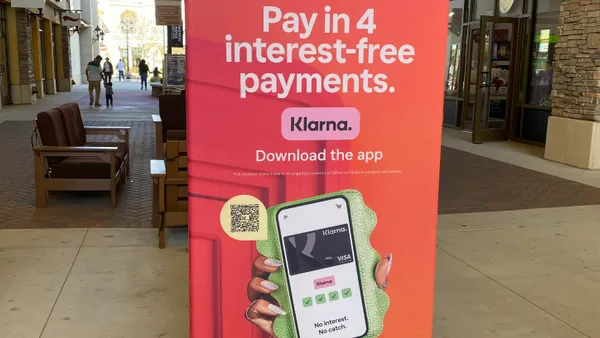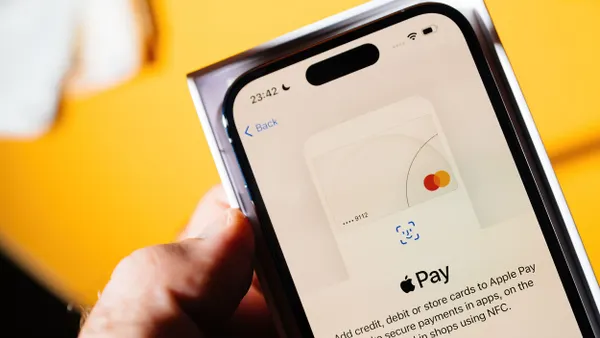Spurts of merger and acquisition activity in payments last year could only do so much to prop up 2023’s deal count, amid a dismal year for M&A more broadly.
Still, some large purchases last year boosted payments deal value.
Payments consulting firm The Strawhecker Group put the global count at 72 M&A deals last year, down 36% from 113 in 2022. Of the 72 deals tallied last year, 58 involved a U.S. company as either acquirer, target, or both, said Sam Wares, TSG’s director of client success.
Not all deals disclosed terms, but the value of global deals where transaction information was provided amounted to $17.3 billion, Wares said. That was a 36% drop over 2022’s $27.2 billion figure from TSG.
Of the $17.3 billion deal value total, transactions involving U.S. companies last year totaled $16 billion, according to data provided by Wares. TSG’s M&A count includes any deal where a payments company was the buyer or a payments company was purchased.
The average value of the global deals was $754 million, he said. Large deals that increased the average value included the Nuvei-Paya deal for $1.3 billion in early 2023, when the industry saw a spate of transactions, and GTCR’s acquisition of FIS’s Worldpay, announced in July, for $12.7 billion.
Other big acquisitions in the industry last year included Visa’s $1 billion purchase of Brazilian company Pismo; Marqeta’s acquisition of fintech Power Finance for $275 million; and Wex acquiring a unit of Ascensus for $180 million.
October also had a burst of M&A activity, with processor Fiserv, payments provider Shift4, technology firm Stax and gateway firm NMI all announcing acquisitions. Wares had expected that pace to continue through the remaining months of the year, but it fell short.
“I thought ‘23 was going to finish stronger than it did,” Wares said. “It looked like we were getting a nice uptick in October, and then it didn’t continue on from there. It slumped to the finish line a bit.”
Acquisition activity had been expected to pick up last year after company valuations declined amid an uncertain economic environment in which venture capital became less plentiful. But many sellers clung to valuations they’d received a year or two prior, dragging out negotiations between buyers and sellers.
The year 2021 “was just such a peak that it's taken some time to get folks used to, OK, here's what buyers are willing to pay,” Wares said.
Nonetheless, he expects to see a higher deal count and higher spending this year. He pointed to the large amount of capital sitting on the sidelines at private equity firms; the expectation that interest rates should improve; and indications large acquirers are focused on acquisitions.













